The Singapore neighborhoods all have their own distinct eccentricities and character, which stems from their architecture, food, history, and people. Half the fun of going to Singapore on holiday is soaking up these neighborhoods and immersing yourself in the multiculturalism of Singapore.
But in a country with so many different neighborhoods, you’re probably wondering which ones are worth exploring. That’s where this post will come in handy. I’ll be breaking down all the must see Singaporean neighborhoods, from the Hawker Centers of Chinatown to the temples of Little India, by going into detail about what makes each of them unique and worth visiting.
Subscribe to my Youtube channel @ Stephen Flores Travel, like me on Facebook at Passport Perspective, and follow me on Instagram / Twitter / Tiktok @StephenJFlores.
This post contains affiliate links. We receive a small commission for purchases made after clicking on these links at no extra cost to you.
Click to purchase tickets to Gardens by the Bay, Universal Studios Singapore, Sentosa Cable Car, SEA Aquarium, Jewel Changi Attractions, Night Safari, Singapore Zoo, Marina Bay Sands SkyPark, Singapore River Cruise, ArtScience Museum, National Gallery, and the National Museum!
I’ve got links below to Klook pages where you can buy tickets to most of these attractions. Watch out for them!
Chinatown
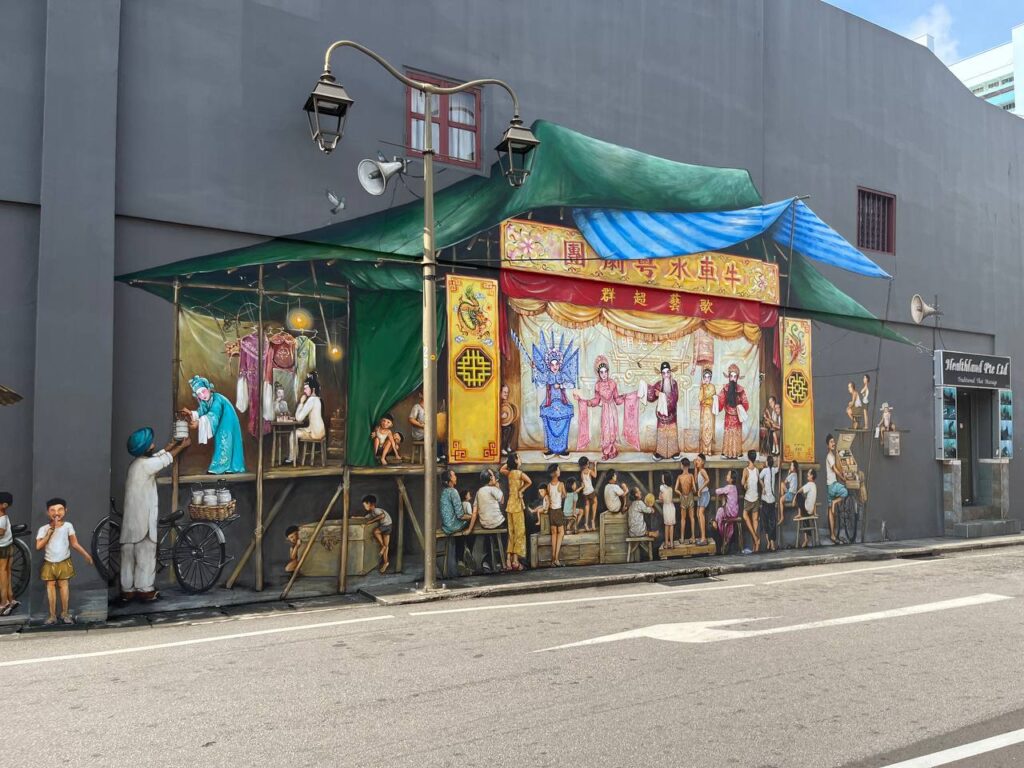
Chinatown is filled to the brim with interesting temples, baroque and victorian buildings, and famous hawker centers. It’s the only chinatown in the world to host a mosque, Hindu temple, and Buddhist temple on the same street.
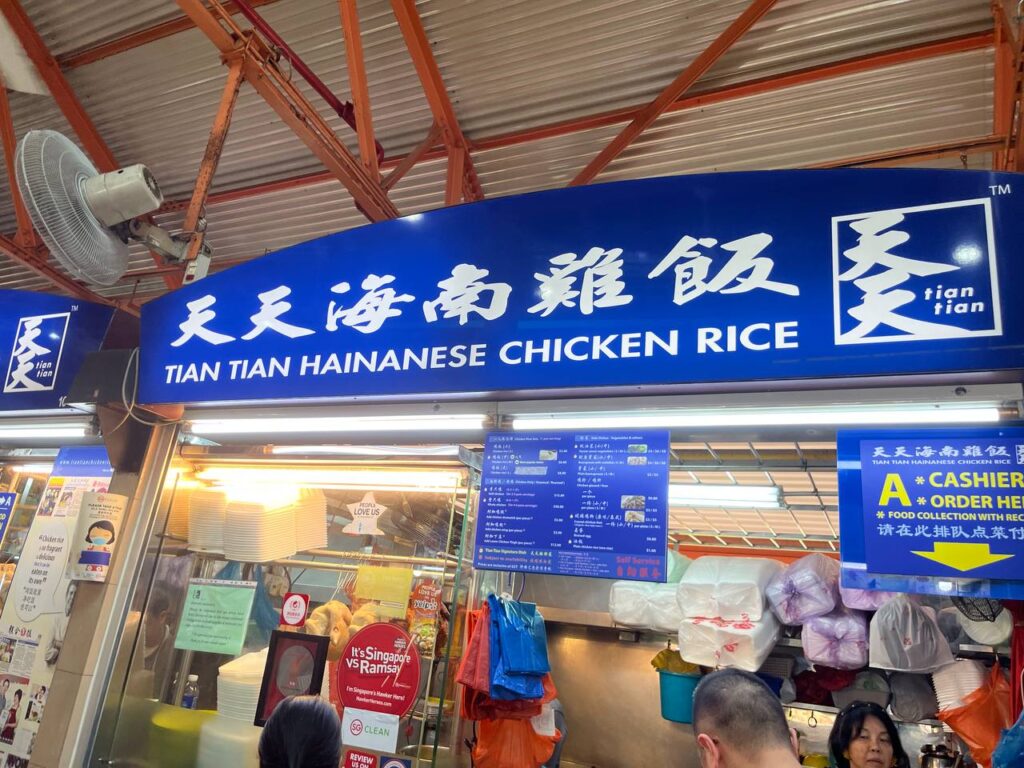
Go shopping at the Chinatown Street Market, where you can find unique items and souvenirs for sale. Head over to the Chinatown Complex or Maxwell Food Center for more hawker stalls than you can count, some of which have Michelin stars. Murals abound in Chinatown as well, occupying entire walls and making for attractive photo ops.
But the main highlights of Chinatown are its two major temples: the Buddhist Buddha Tooth Relic Temple and the Taoist Thian Hock Keng temple.
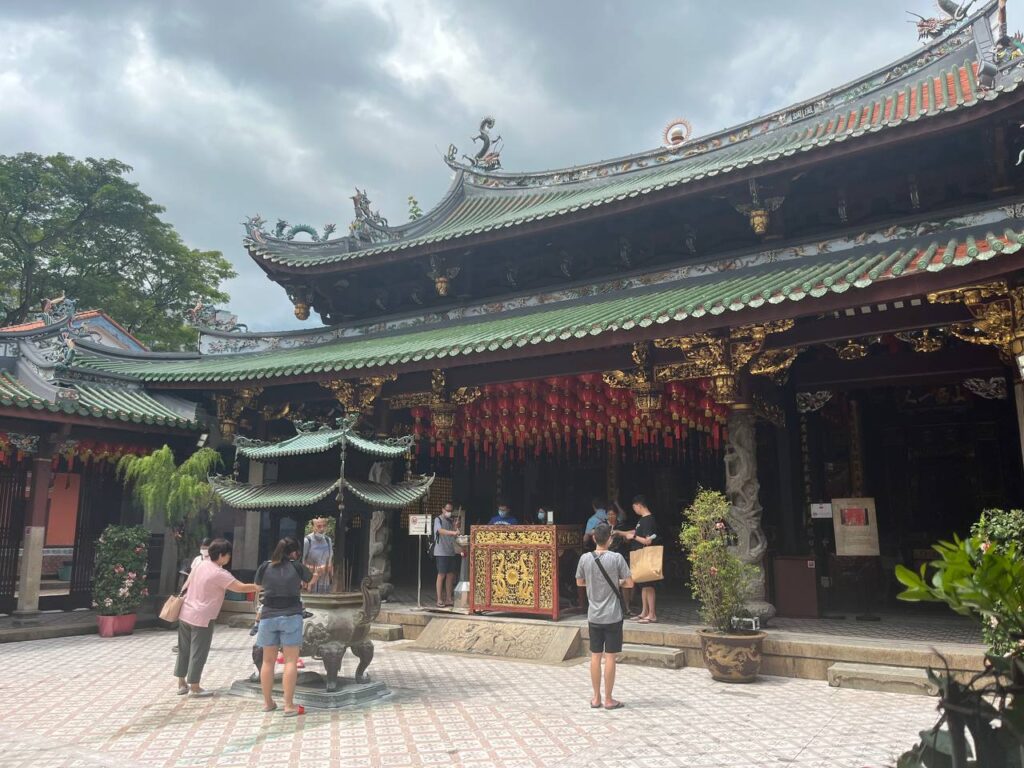
Thian Hock Keng is the oldest Chinese-style temple in the country, opening in 1839 and dedicated to Mazu, the goddess of the sea. The design of the temple includes intricately carved statues of mythical animals, and a porcelain-set roof. It’s not the biggest temple, but it is well worth the trek. Check out the mural located outside the temple as well.
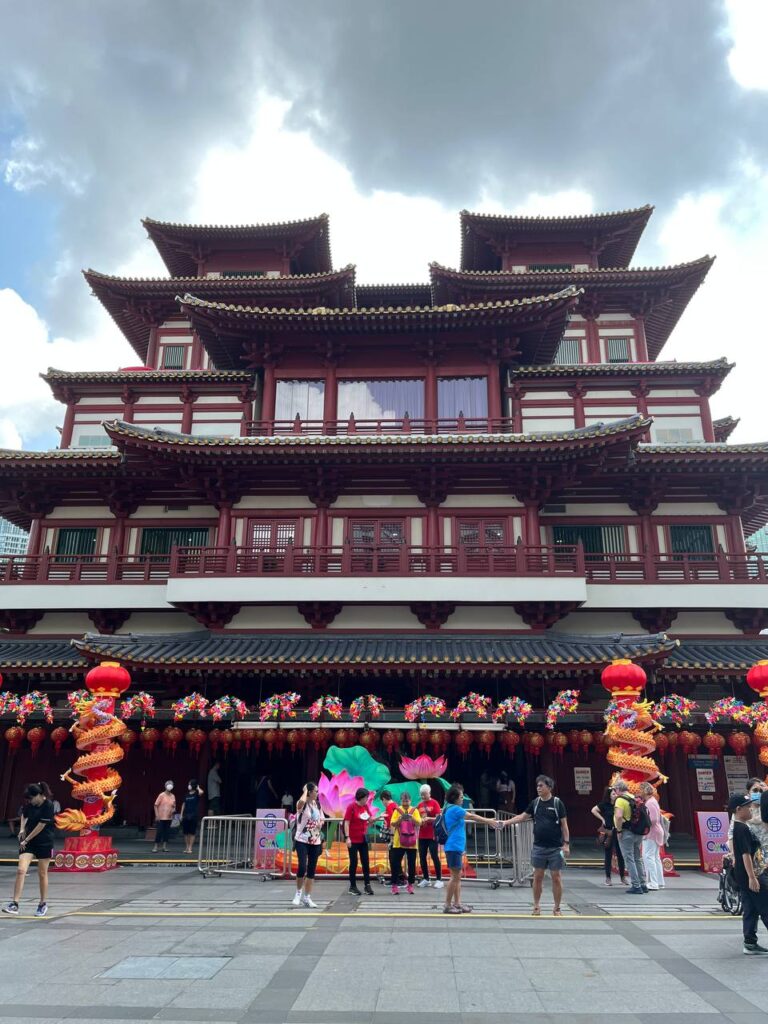
The Buddha Tooth Relic Temple was completed centuries after the Thian Hock Keng temple. Opening in 2007, it has a more centralized location, being situated near the Maxwell Food Center and Chinatown Complex. It gets its name from the left canine tooth of Buddha that is displayed in a golden stupa made from 320kg of gold. The temple also has a museum and a serene rooftop garden.
Colonial District
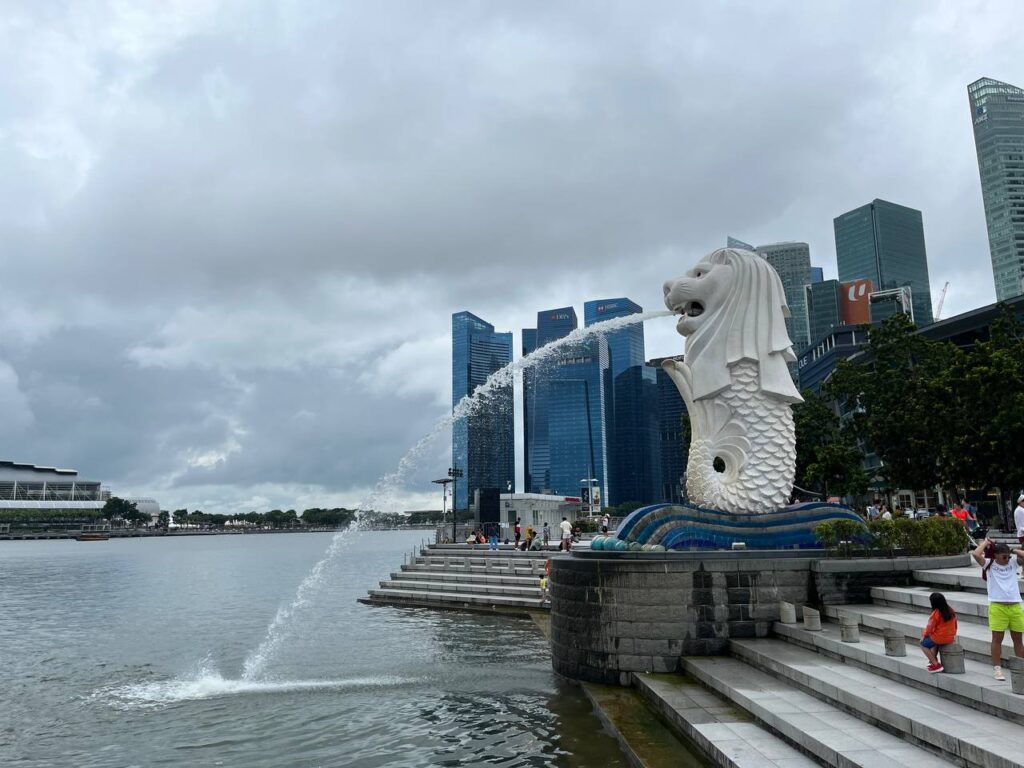
Filled with museums, historical buildings, and a merlion, the Colonial District is probably the Singapore neighborhood with the most going on. Spanning from the National Museum of Singapore to Merlion Park, this Singapore neighborhood is full of things to do.
The Raffles Hotel is where I got to do one of my favorite Singapore experiences: slurping on some Singapore Slings at the hotel’s Long Bar. Merlion Park serves as the southern border of the district, with its iconic half-fish half-lion statue spitting out water into Marina Bay (which makes for a good photo). Fort Canning Park is also pleasant and (mostly) shaded, making for a nice nature walk in the middle of the city.
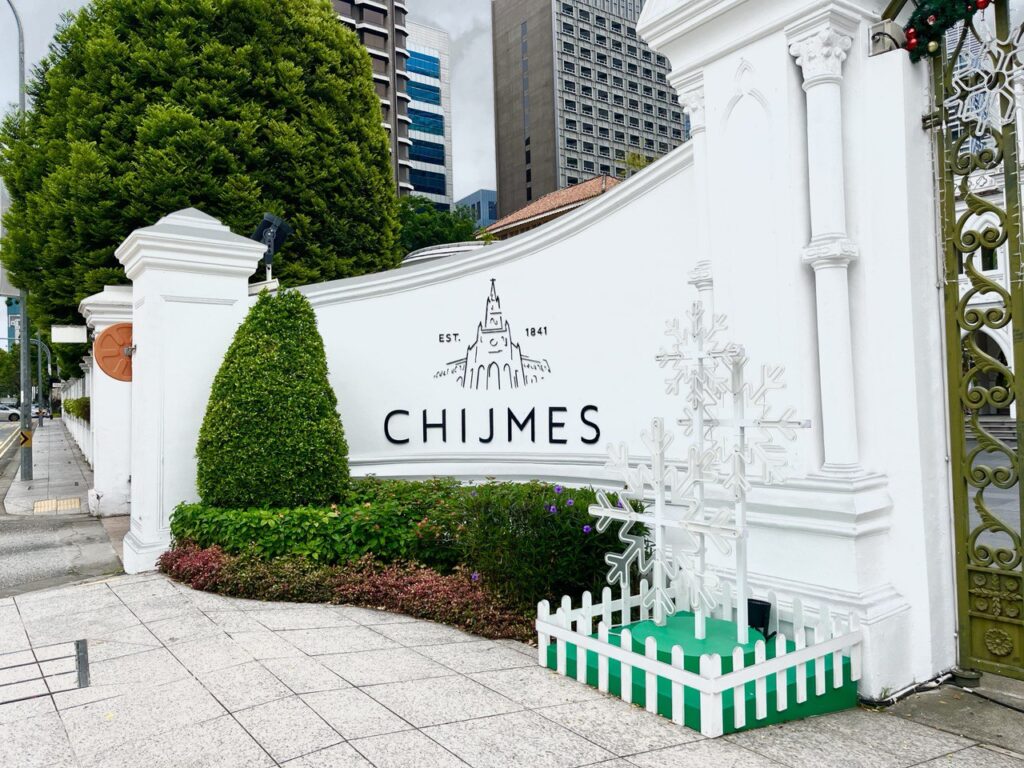
But the highlights of the Colonial District are its four museums. The National Museum is Singapore’s preeminent history museum, with exhibits chronicling the evolution of Singapore. The National Gallery has the largest collection of Southeast Asian art in the world. I personally visited these two museums and they were both excellent experiences . The other two museums, the Peranakan Museum and the Asian Civilizations Museum, come highly recommended as well and I can’t wait to visit them on my next trip.
Little India
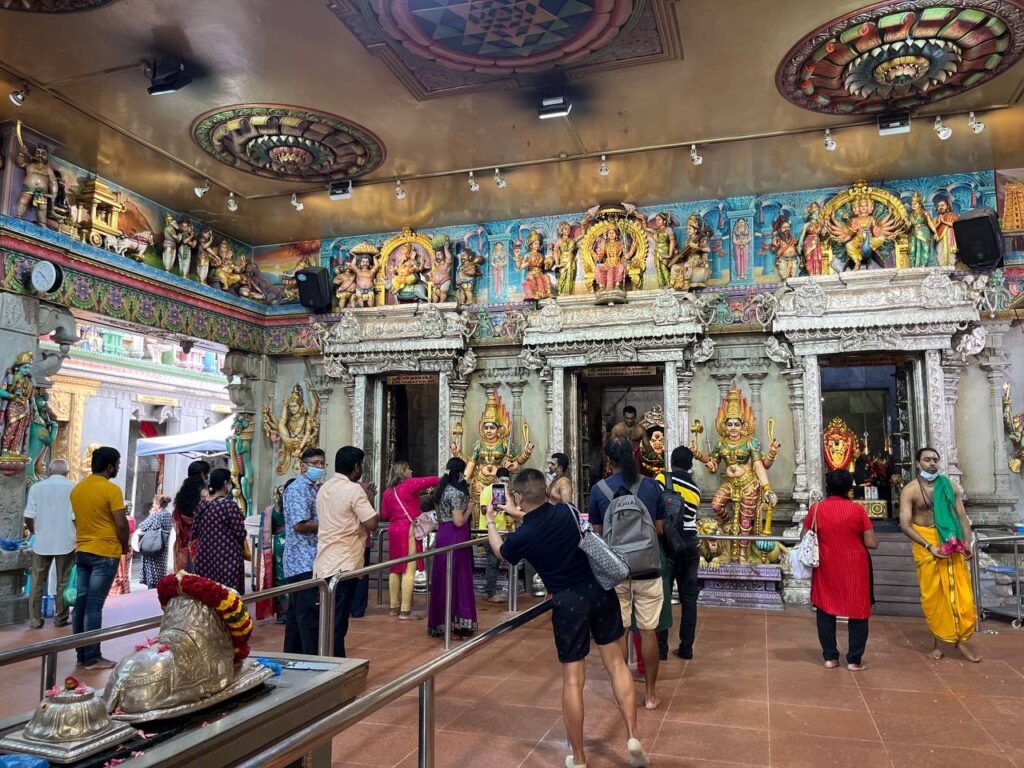
Located north of the Colonial District, Little India is a feast for the senses. The aromatic scents and colorful items found in the various shops and restaurants that line its streets make you feel like you’re actually in India. Little India has the Tekka Center, a top-notch Hawker Center featuring a variety of Indian cuisine, and the Tan Tieng Nah house, which is probably the most famous house in Singapore. Also found here is the The Mustafa Center, a 40,000 square foot shopping center filled with everything you could possibly need.
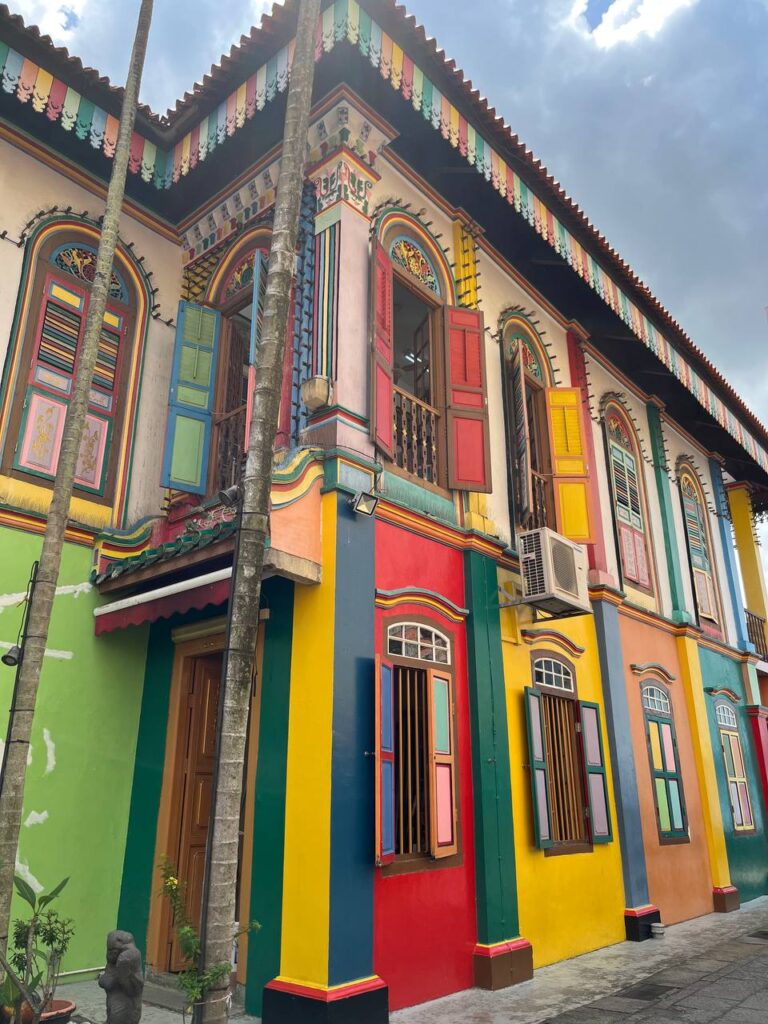
The highlight of Little India, like Chinatown, are its temples, specifically the Sri Veeramakaliamman temple and the Sri Srinivasa Perumal temple. They’re located only a ten minute walk from each other, but if you only have time for one, I would recommend seeing the Sri Veeramakaliamman temple. This temple, built in 1855, is dedicated to the goddess Kali, destroyer of evil. This temple was alive with activity when I visited, with various people praying and presenting offerings. If you’re lucky, you might even see a ceremony taking place.
Joo Chiat
With its trendy cafes and hip stores, Joo Chiat is best known for its colorful shophouses that make up one side of Koon Seng Road. These preserved houses still have residents living in them and have been preserved since they were first built more than a century ago. Joo Chiat also has numerous Michelin starred restaurants, earning its place in UNESCO’s list of intangible heritages.
Joo Chiat is also home to what I like to call “house museums”. These mini-museums are protected houses with antique furniture that seek to preserve how houses of Peranakan individuals might have looked like decades ago. The most famous mini-museums are the Intan, owned by Alvin Yapp, and the Katong Antique House. Entering these houses is by appointment only, so be sure to contact them in advance of your trip to schedule a visit! You can find more info on the Intan here and the Katong Antique House here. As far as Singapore neighborhoods go, this one really pulls you into its culture, making a visit worthwhile.
Kampong Glam
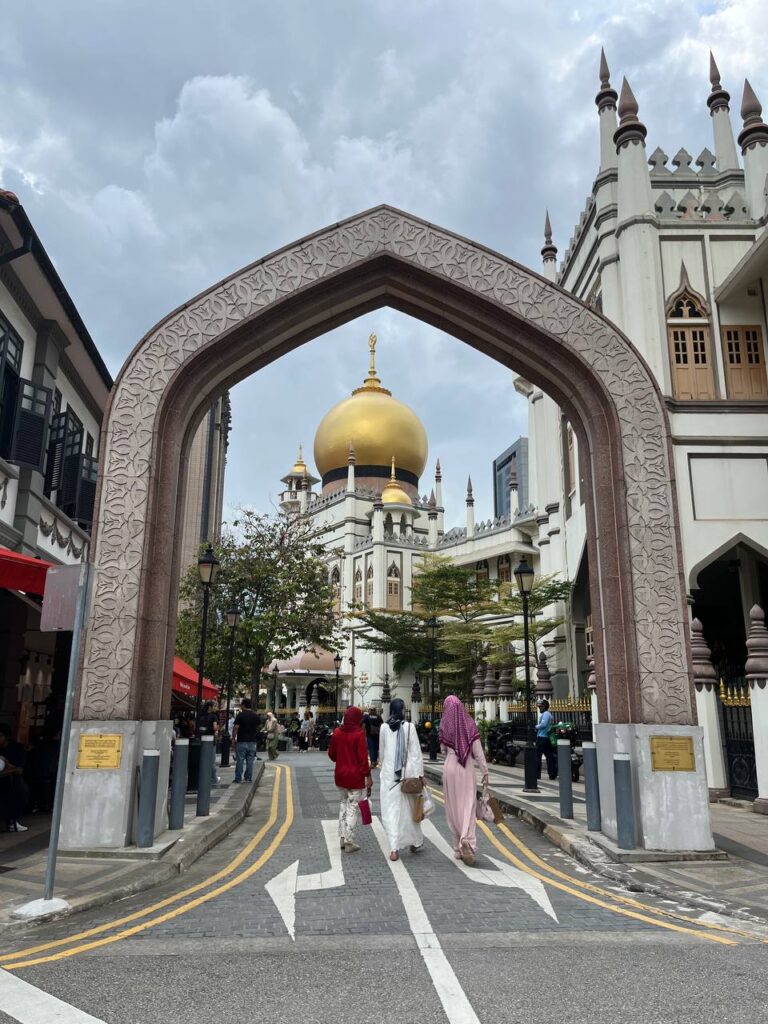
Little India’s smaller, but just as charming, southeastern neighbor, Kampong Glam is a little slice of culture that is teeming with life. Arab Street (and the road leading up to the Sultan Mosque) is full of shops and restaurants that are worth exploring. The Sultan Mosque is also a beguiling piece of Islamic architecture. Make sure to head inside to check out its intricate carpet and golden fixtures, as well as its display up front that explains and expounds on Muslim culture.
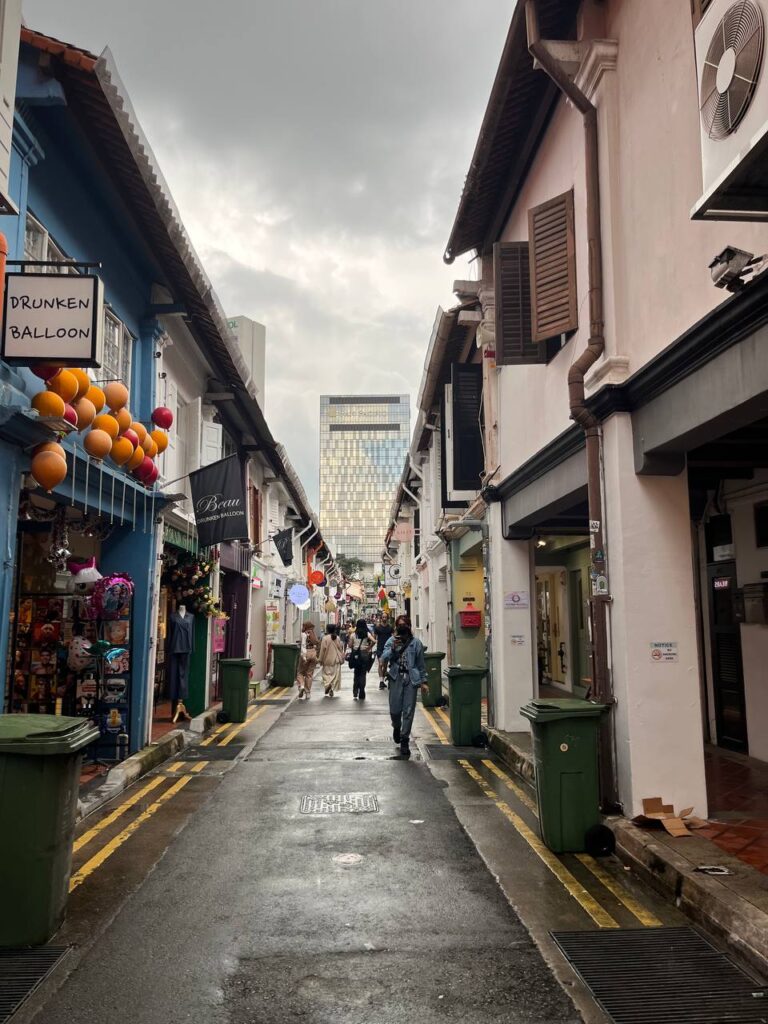
But the undisputed number one thing to do in Kampong Glam has to be Haji lane. Known all over Instagram as a particularly photogenic alley, Haji Lane was named after the Hajj or the pilgrimage to Mecca that is a central custom of the Islamic faith. This street is known more now for its independent stores, cafes, and restaurants that bring an inimitable energy to this area. Kampong Glam is a gem among Singapore neighborhoods, and one worth seeing.
Tiong Bahru
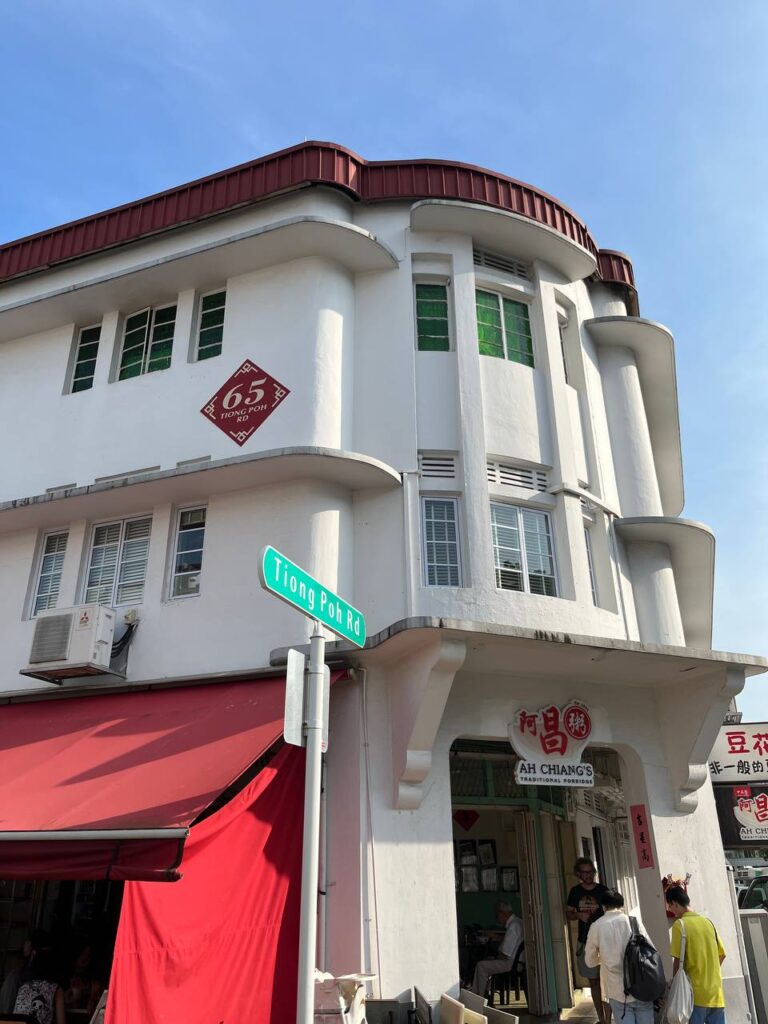
Our last, but definitely not least, Singapore neighborhood, Tiong Bahru is an art deco wonderland. Tiong Bahru is Singapore’s oldest housing estate, with houses dating back to the 1920s, and is filled with murals that make it a prime mural-hunting destination. It’s fun to just soak up the area and get lost in its many streets and alleys. It’s also known now for its indie shops and cafes. Be sure to check out the Tiong Bahru Market, one of Singapore’s best Hawker Centers. This is an underrated, but thoroughly enjoyable, place to visit and should be included in your Singapore neighborhoods list.
Singapore Neighborhoods Guide Conclusion
And that ends our Singaporean Neighborhoods Guide! What did you think about the guide? Which districts are you going to visit? Comment down below!
If you found this Singapore Neighborhoods Guide post helpful, consider subscribing to my newsletter to receive inspiration, tips, and insider secrets delivered straight to your inbox. Whether you’re planning your next adventure, daydreaming about far-off places, or seeking hidden gems closer to home, we’ve got you covered.
✨ Here’s What You’ll Get:
- Curated travel guides to iconic and off-the-beaten-path destinations.
- Budget-friendly tips and tips on solo traveling.
- Exclusive deals and must-know travel advice.
- Stories and trip reports to spark your wanderlust and make your trips unforgettable.
Travel smarter, deeper, and with more joy. Join our community of explorers today and never miss a chance to wander! Sign up down below!
Click to purchase tickets to Gardens by the Bay, Universal Studios Singapore, Sentosa Cable Car, SEA Aquarium, Jewel Changi Attractions, Night Safari, Singapore Zoo, Marina Bay Sands SkyPark, Singapore River Cruise, ArtScience Museum, National Gallery, and the National Museum!
Klook.comSUGGESTED READING:


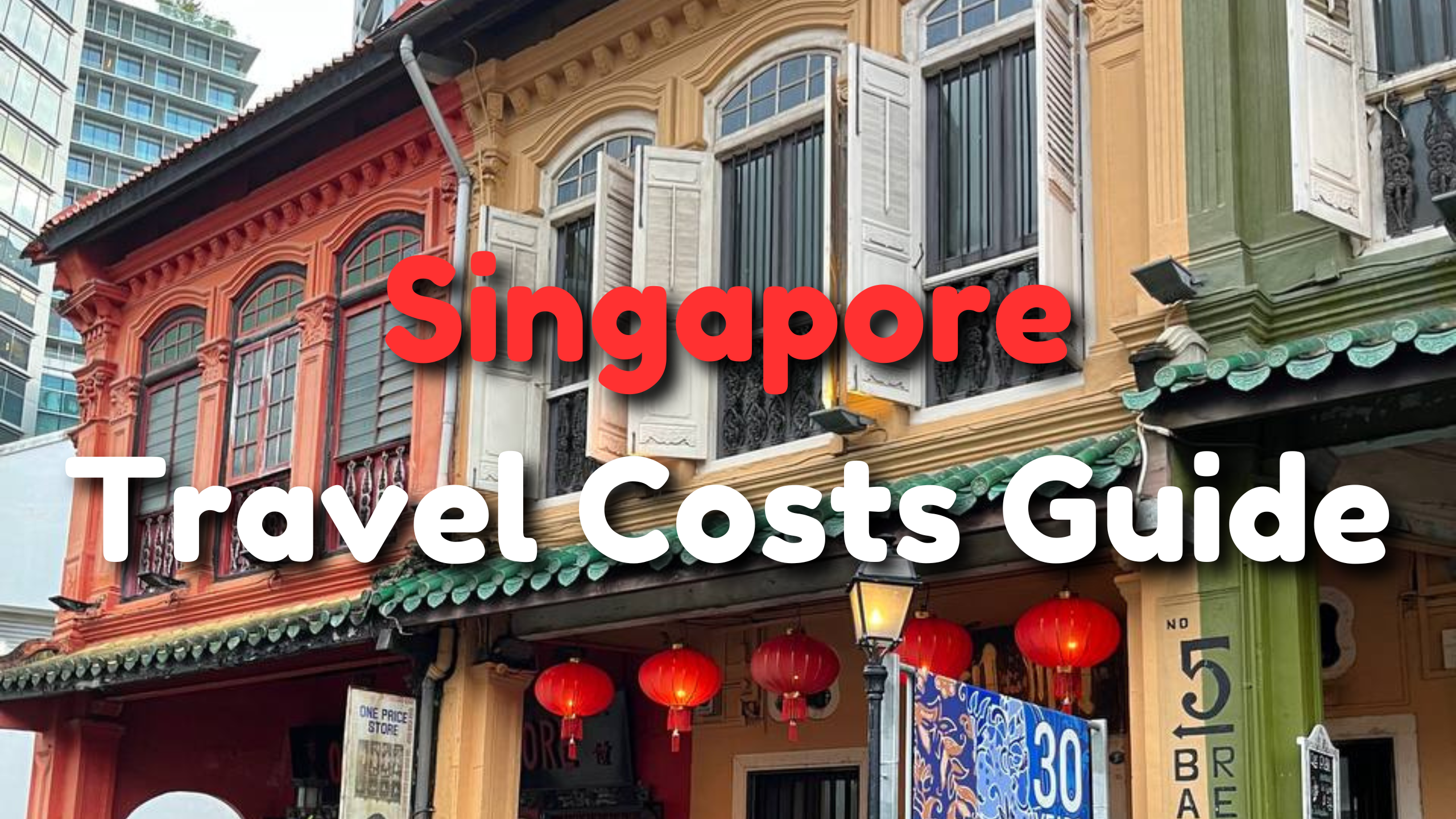

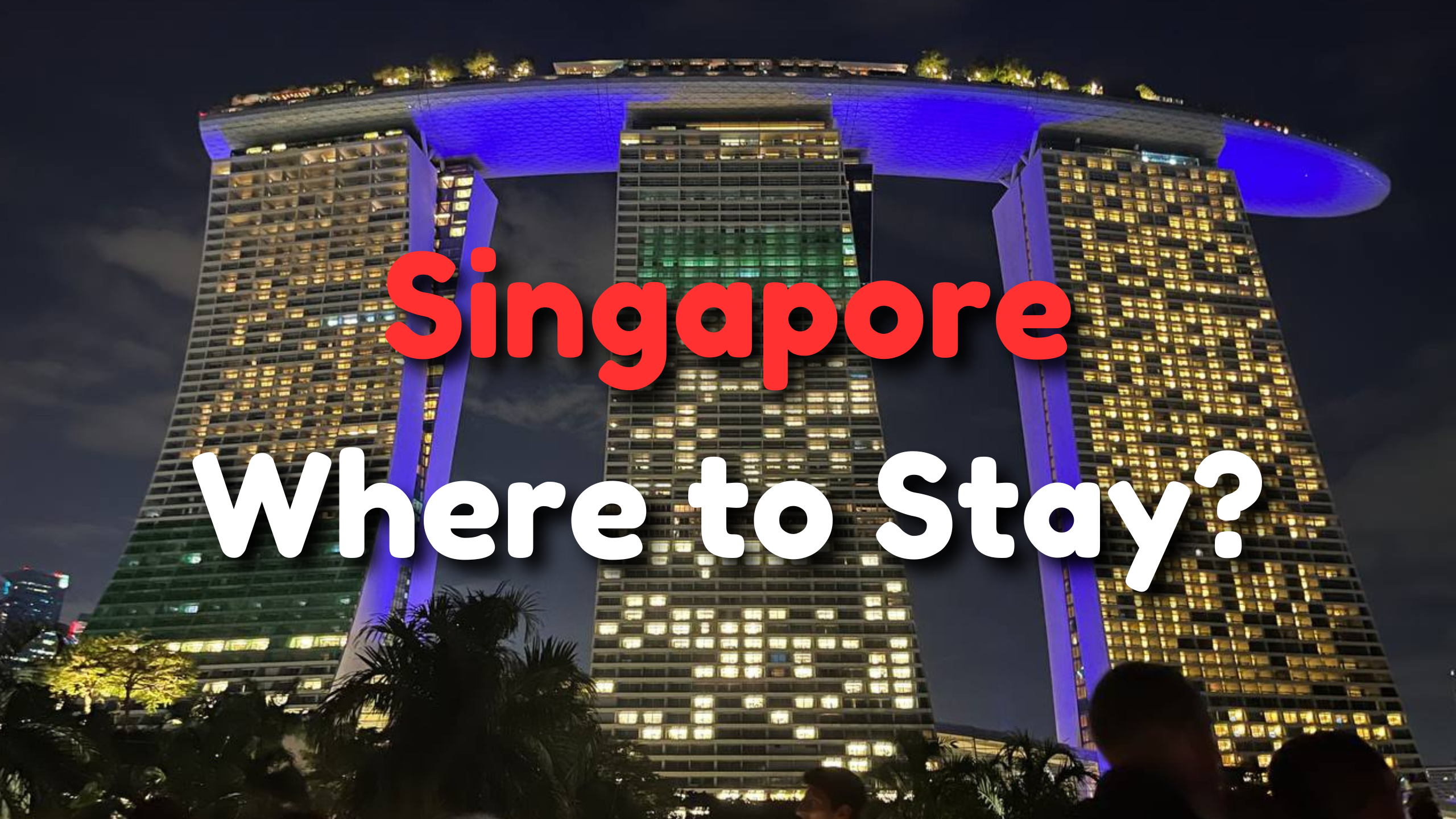
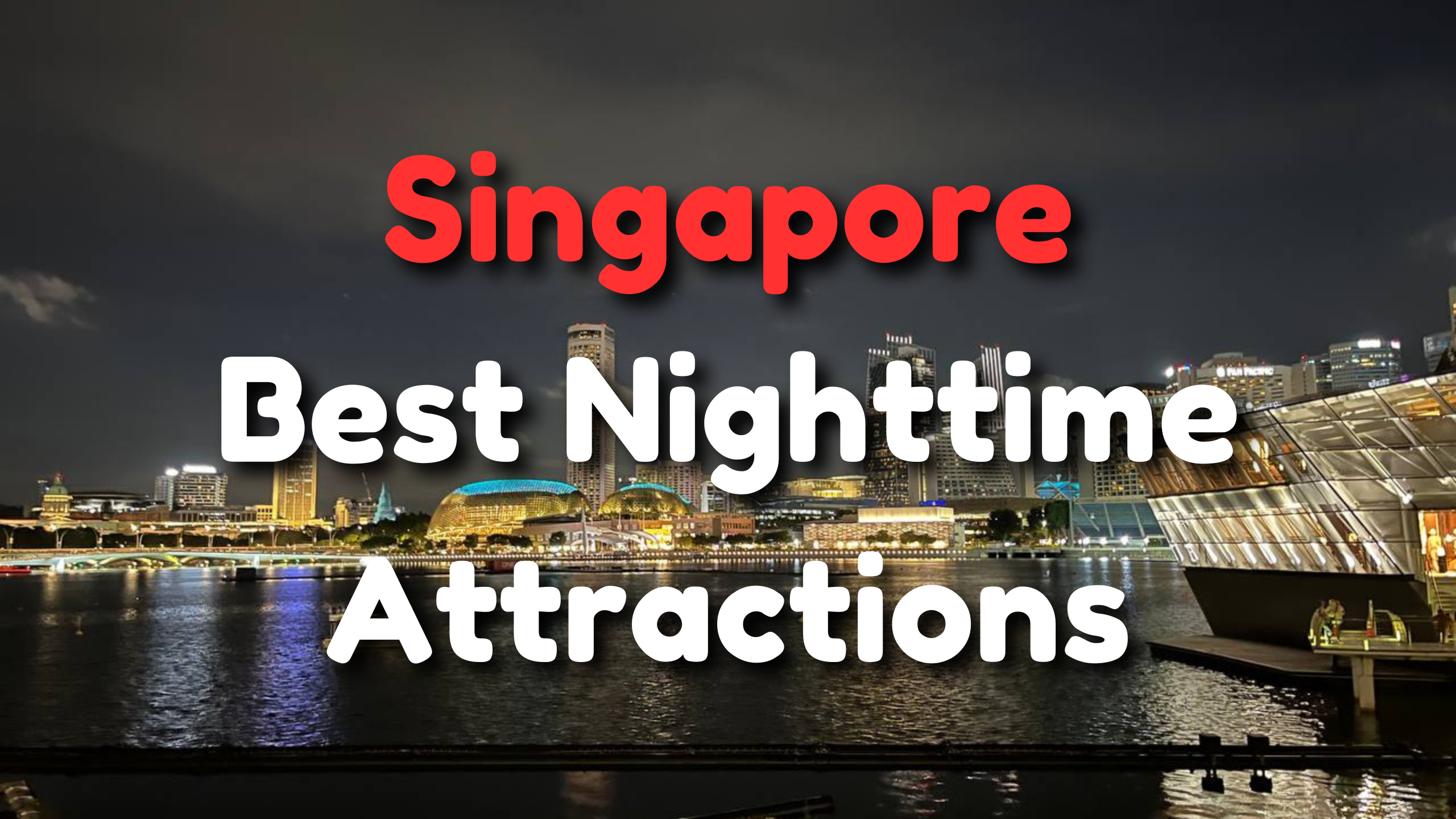

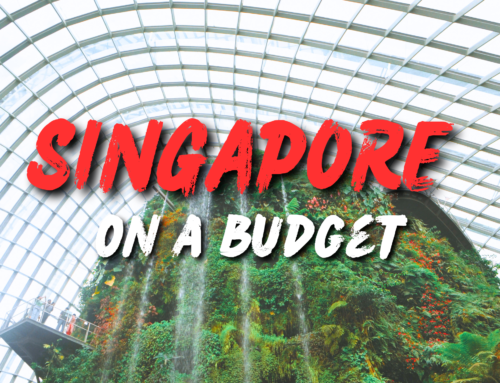
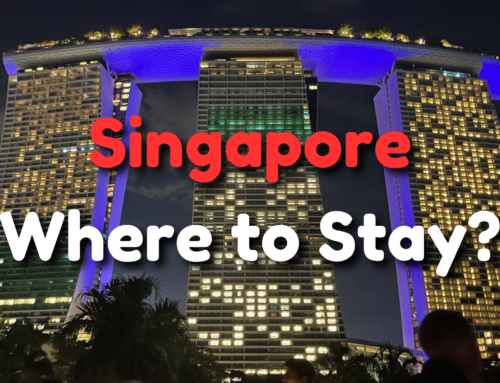
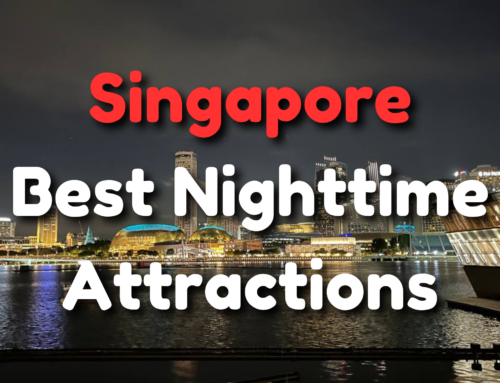
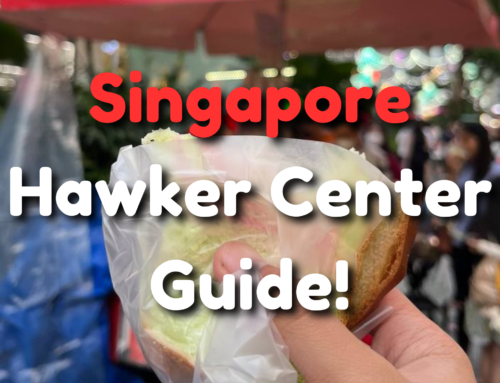
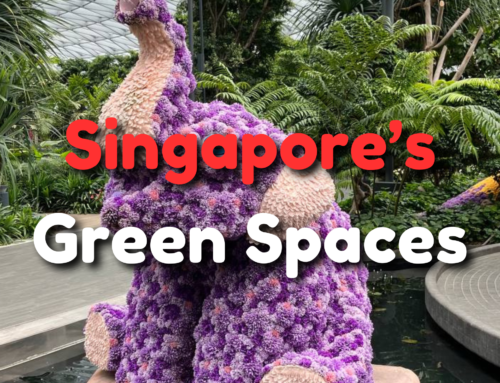
Leave A Comment